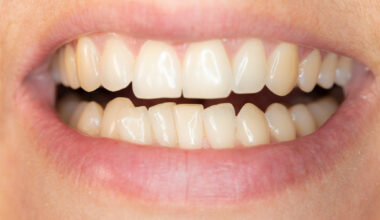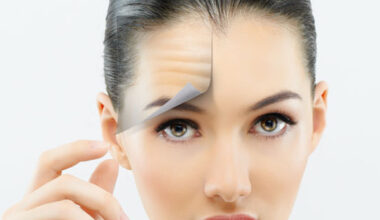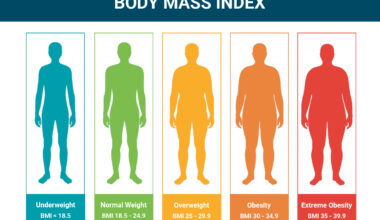UV light, or ultraviolet rays, has become a common concern in the medical profession. When the human body gets exposed to UV irradiation source, it causes sunburn, eye issues, erythema, and several other serious health issues. There is evidence to support the fact that it has become a common concern for many. According to health experts, there are multiple sources of UV rays other than the sun, causing severe damage to our skin and eyes. This article will focus on describing those ultraviolet radiation sources so that people can stay aware of them.
It is well-known that the sun is the greatest source of ultraviolet radiation. Exposure to sunlight for long hours often causes skin cancer. Every American out of five tends to develop skin cancer after seventy. UV radiation can suppress the immune system, cause premature skin aging, and have several other negative impacts.
What is UV radiation?
Before knowing the UV Irradiation source, one should know what UV radiation is. It is one type of electromagnetic radiation or energy with shorter wavelengths as compared to visible light. The human eye can hardly notice them but people can feel them when the UV radiation enters the skin. UV radiation includes microwaves, radio waves, X-rays, etc. UVA can easily penetrate deeper into the skin layers causing fine lines and wrinkles. To save skin from this harmful radiation, one should stay away from every possible source of UV radiation.
Tanning beds: The International Agency for Research on Cancer along with the World Health Organization revealed that indoor tanning beds cause four lakhs cases in the United States. A tanning bed is also known as a sun-bed that produces an artificial tan imitating the sun’s UV radiation. The tanning beds can utilize ultraviolet radiation causing skin cancer and premature aging. Therefore, indoor tanning should be avoided strictly.
Mercury vapor lighting: The lights used in gyms, or stadiums comprise an inner bulb that is quite similar to the UV rays. The bulb which is on the outer side filters the UV ray but when this layer breaks or gets unshielded, the ray directly affects our skin. When the outer bulb breaks the inner tube remains unprotected which can burn the eyes.
Incandescent lights: Various incandescent lights like halogen, or fluorescent light often release tiny amounts of UV radiation that can harm the human body. These UVA lights often cause light sensitivity like the sun which contributes to premature skin aging.
Physiotherapy or UV therapy: Doctors often recommend physiotherapy to treat various muscles or joint pains. Physiotherapy is a significant UV Irradiation source. There are mainly two types of physiotherapy available in the medical field, PUVA & NBUVB. The PUVA has a larger tendency to cause cancerous growth in skin cells as compared to NBUVB.
Lasers: Laser treatments are highly popular in the skincare industry that are used to treat various skin disorders. Laser treatments are effective in treating eczema, psoriasis, melasma, etc. Exposing the skin to laser lights for a long time can harm the skin.
UV lamps: Nail salons often use UV lamps to cure nail manicures. According to various studies, excessive UVA exposure poses a risk of skin cancer. One can wear protective sun gloves, or apply a broad spectrum to reduce the effects of UV radiation. Blue or high-energy visible lights are also considered to be an important source of ultraviolet radiation.
Conclusion
Anyone who wants to prevent skin cancer should always keep the skin protected from UV lights. UVC lights can be disastrous for the overall human body. Multiple health organizations provide treatment to reduce the effects of ultraviolet radiation. Apart from the above-mentioned sources, one should also avoid sunburn. To protect skin from sun damage one can use sunscreen with a minimum of SPF 50, wear sunglasses, and use an umbrella. These are just a few tips for minimizing exposure to ultraviolet radiation. Before taking a skincare treatment, make sure how much UV radiation it includes. Identifying the UV Irradiation source is the first step to avoid such radiations from entering the body.






